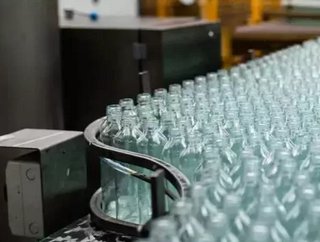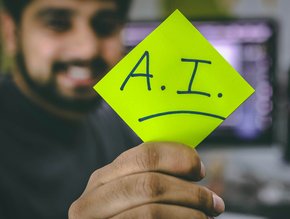De-risking F&B Procurement and Supply Chain Functions

The role of procurement is about ensuring that business operations continue like clockwork and involves understanding the current environment as well as foreseeing the potential future environments. COVID-19 has demonstrated how market changes can be challenging and the importance of reducing risk along the food and beverage supply chain. The challenge is that all businesses currently operate under the pressure of market volatility, uncertainty, complexity and ambiguity. Going forward, food and beverage manufacturers are likely to operate with more uncertainty and face more unexpected crises, placing an extra burden on the Procurement and Supply Chain functions.
According to a recent McKinsey report Risk, Resilience and Rebalancing in Global Value Chains, “companies can now expect supply chain disruptions lasting a month or longer to occur every 3.7 years, and the most severe events take a major financial toll.” McKinsey analysts also calculated the damage associated with a severe and prolonged disruption (100 days) and used probabilities to estimate the financial impact that companies can expect over a decade. The report predicts the global food and beverage sector can, on average, expect losses equal to almost 30 per cent of one year’s profits over a decade.
To help manage the disruptions caused by the pandemic and plan for the unexpected, food and beverage manufacturers should look at a four-step strategy to de-risk procurement and supply chain functions in the wake of global vulnerabilities.
Step 1: Anticipate and plan for uncertainty
Today, the rigorous process of gathering information is being replaced with a data-driven approach. This enables real-time decision-making with businesses building AI-driven integrated data ecosystems that are underpinned by predictive analytics and can then be applied in forward planning on both strategy and performance.
Food and beverage manufacturers and distributors can also use technologies such as Enterprise Resource Planning (ERP) to accurately forecast items like demand, stock availability, supplier lead times, cost, raw ingredients and contingency stock requirements; and integrate this into their unique business model. ERP can help procurement de-risk as it provides a single integrated platform that shares all the information across all functions. This allows manufacturers to optimise inventory forecasting capabilities and improves the quality of the decision making within the organisation.
By making a direct link between supply and demand, food and beverage manufacturers and distributors can anticipate and better plan for uncertainty and ultimately improve the cash flow of the organisation.
Step 2: Embrace the limitless potential of digitalisation
With the pandemic, many manufacturers now realise the true potential of digital transformation in the procurement process.
Digitalisation can assist strategic sourcing to become more predictive, transactional procurement more automated, and supplier relationship management more proactive. Digital procurement solutions are enabling the future by providing access to previously unavailable insights or bringing order to massive (but unstructured) data sets, ultimately driving more complex analysis and better supplier strategies, enabling more efficient operations.
Step 3: Enable end-to-end supply chain visibility
World crises have resulted in procurement teams scrambling for alternative and locally based suppliers to ensure that they can still fulfil existing orders and continue to produce with new orders. End-to-end supply chain visibility is therefore a necessity to ensure procurement accuracy and resilience. Such advanced insights are needed to improve customer service, reduce costs and mitigate interruptions that will affect supplier inventory levels and product delivery. With customers demanding better service, embedded AI capabilities provide real-time intelligence, actionable insights and recommendations that reduce disruption time from days to hours, improving customer service in line with expectations.
Step 4: Focus on building a robust procurement model
There are no standard business models to help food and beverage manufacturers manage what we are currently facing. This pandemic has exposed the fragility and thin margins on which many businesses run. Highly indebted companies, working from lean inventory, supported by just-in-time supply chains, and staffed by short-term contractors are suffering the longer-term impact of market unpredictability.
Food and beverage manufacturers and distributors need to identify their own business model that will suit their business and consider how to reengineer their supply chains to reduce risk through design, factoring in increased complexity and uncertainty as to the new normal. In future, effective supply chain management will be all about agility and finding the perfect balance between just-in-time processes and just-in-case scenarios, while reducing risk as much as possible.
Global crises are an inevitable factor of life. By planning for the unknown, implementing the right technology for end-to-end supplier visibility and building a robust procurement model, food and beverage manufacturers and distributors can de-risk procurement and supply chain functions and enable resilience in an uncertain world.






